Shooting reflections in water is a simple but effective way to obtain landscapes with a difference. Kirk Norbury explains how it’s done.
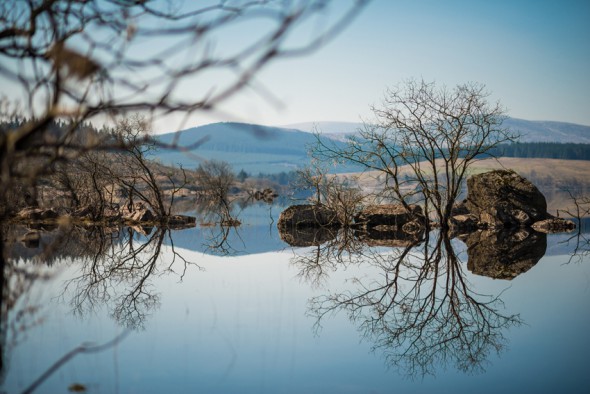
Reflections can be used as an additional element in a landscape to create a strong and visually pleasing image. In this article, I’ll go through my best tips for photographing reflections in water.
Equipment
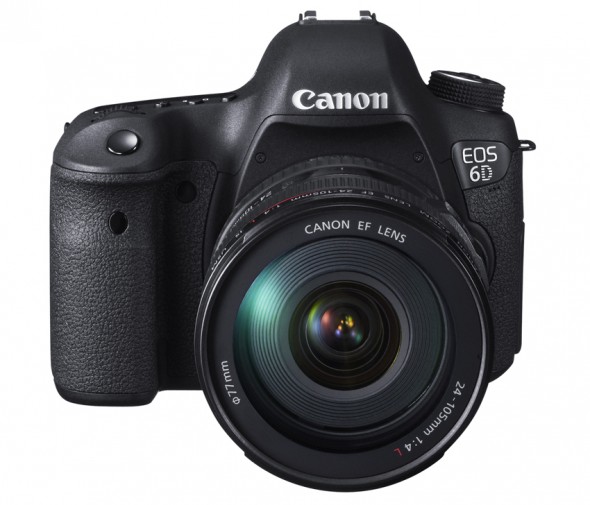
DSLR
For this style of photography, any DSLR or Compact System Camera will do just fine. It is more about the composition than the camera itself.
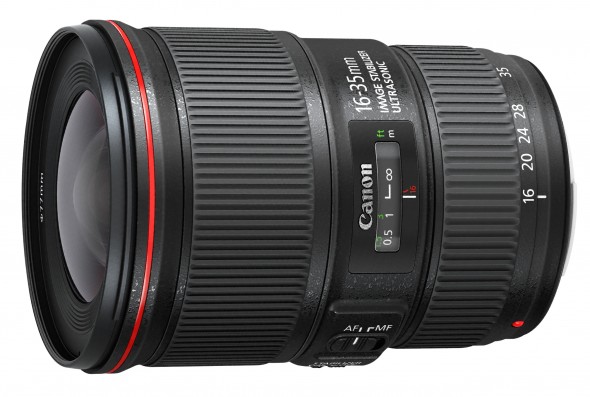
Lenses
I favour lenses from 16mm to 200mm as these are the focal lengths I use on a daily basis for my landscape work.
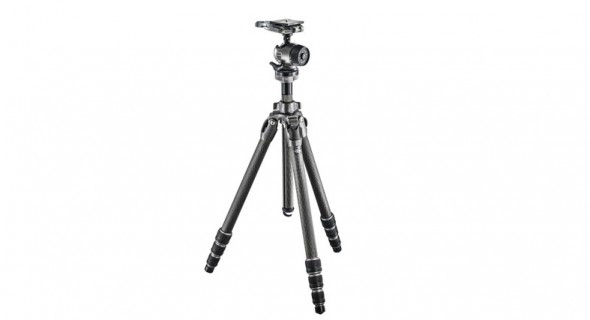
Tripod
A tripod will help you get sharp shots, especially when your shutter speed is longer than 1/60sec, but it will also help when composing the image as you can take time to ensure a perfectly straight horizon.
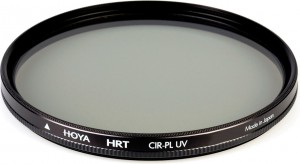
Circular Polariser
Direct light on water creates glare, which is not what you want in your images. You want the light to fall on your subject, which will be then reflected in the water, and for the water to be in the shade. If there is any glare you can use a circular polarising filter to reduce the amount or hopefully completely remove it. It also slightly boosts contrast and saturation and, as it also reduces the amount of light coming through the lens by around two stops, it’s great for helping you to achieve longer exposures. If you decide to use a polarising filter, remember that you need to be at a 90-degree angle from sun to get the most out of it and to rotate it to get your desired look.
Shooting Conditions

While you can successfully capture reflections at most times of the day, early morning is good as the light is usually softer. When the sun is low in the sky you are more likely to capture warmly lit reflections in the cooler areas of shaded water. Avoid shooting in the middle of the day when the sun is high in the sky.
When checking the weather reports, the main thing to look for is a day when there is hardly any wind. The calmer the wind, the less the water will move which will create a more detailed reflection. Lakes or lochs that are surrounded by mountains can be very beneficial as they can reduce the amount of wind that hits the water.

While the wind does make things difficult, you can still work with it. Ideally you should try to wait it out until it dies down but if that’s not going to happen, I’d recommend using an ND filter to reduce the amount of light coming through the lens, which will allow you to capture a long exposure. This will make the water look more silky, and will enable you to see the reflection a lot better. This technique gives the reflection a more abstract look as there will be hardly any detail, almost as if the reflection was painted onto the image. And if you do decide to shoot long exposures, I would highly recommend using a tripod to keep the image sharp and to help with composition.
Technique
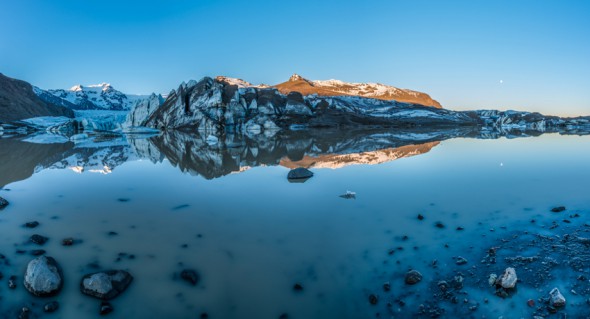
Mount your camera on a tripod and find a composition that suits the shot. When I’m happy with the composition, I tend to check my spirit level to make sure the horizon is nice and straight; shootings reflections is one of the techniques that looks great when the put the horizon slap-bang in the middle, and I use a spirit level mounted in the hotshoe of my camera to make sure this is the case. I also use a cable release so I don’t need to touch the camera when taking the shot.
Remember that you don’t need to stick to modern trends when photographing reflections. Not including the sky works quite well and also photographing only the reflection works as well. If you photograph only the reflection, flip the image vertically in post-production so the reflection is on the top of the image. This looks a little bizarre at first but always grabs the viewer’s attention.
When setting your aperture, start at somewhere between f/11 and f/22 for maximum depth of field. I tend to expose for the water as this is the main element in the image, but, in certain cases depending on the lighting, this will tend to overexpose the sky – in this instance, I will use a graduated ND filter to balance out the exposure.
Final tips
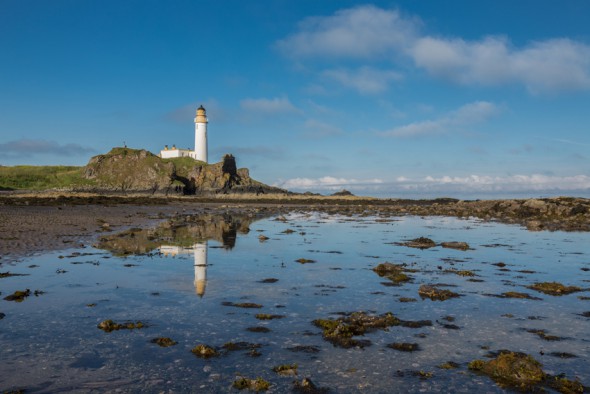
- When photographing at a lake or loch the reflection will be seen pretty much all the way around so take this opportunity to create a panoramic image to capture the complete reflection. Set your on a tripod and make sure to level the tripod using a spirit bubble, set the camera into the vertical position and start from the left side taking shots until you reach the right. Make sure to shoot in manual mode for a consistent exposure and also overlap the shots by 30-50% this makes it a lot easier to edit later on.
- Shooting at a low angle will increase the amount of reflection in the shot, set your tripod to its lowest position and see what a difference it makes.
- Usually the reflection can be a couple of stops darker than the main element in the image so use a graduated neutral density filter to even this out.
- Try to place the sun at your back as you could otherwise end up with very dark reflections.
Conclusion
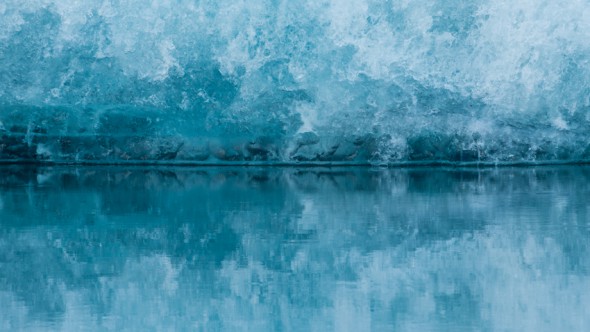
Photographing reflections can be fun. Not only does it teach you to be more creative with your composition, but you also learn more about how wind and light can drastically effect the final image. I recommend getting an early night’s sleep and venture off to the location in the early hours of the morning for that beautiful sunrise when the sky is full of colour.
About the Author
Kirk Norbury is a nature photographer and cinematographer based in Ayr, Scotland. You can find out about the workshops he runs and view more of his work on his website.

